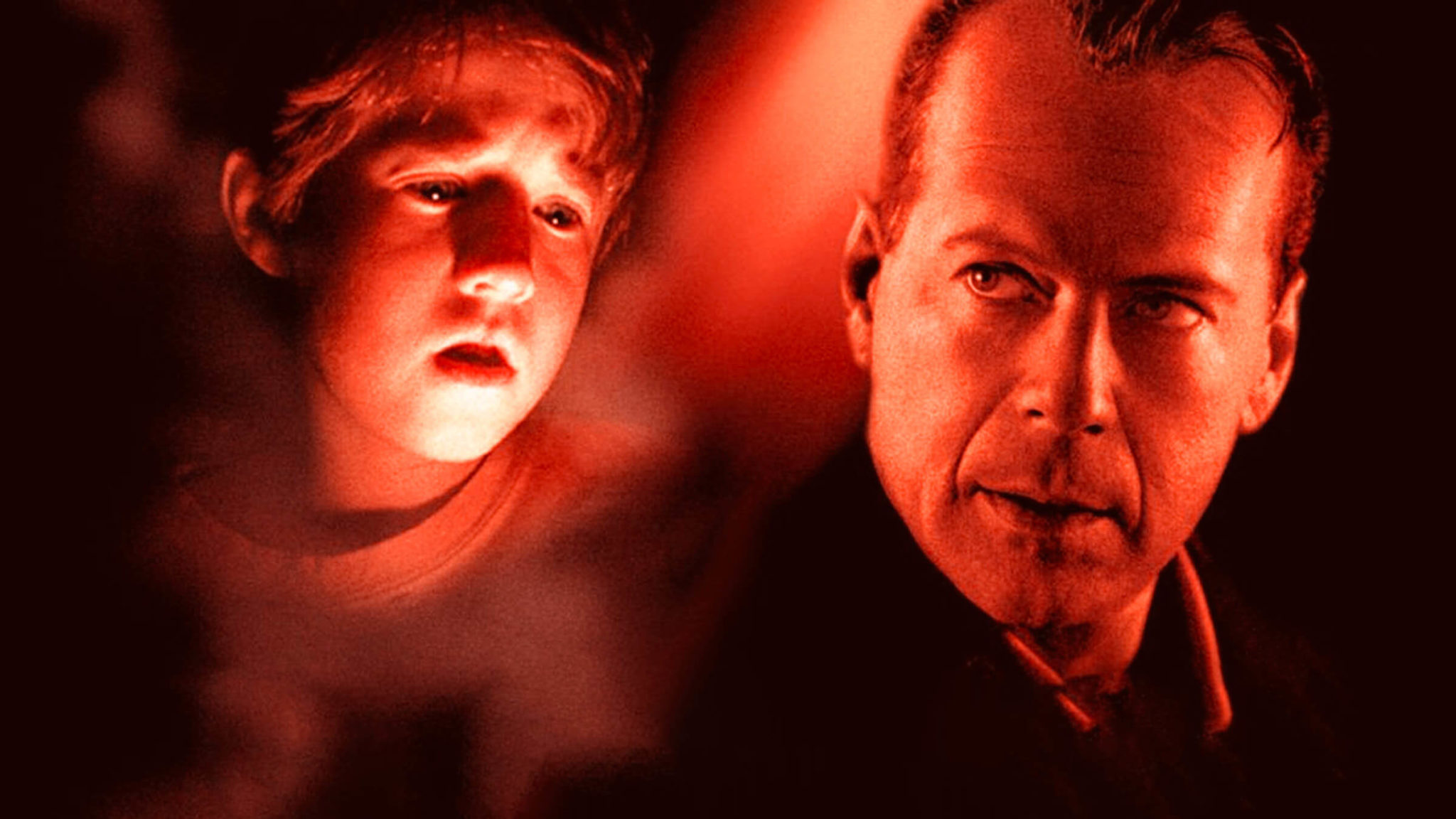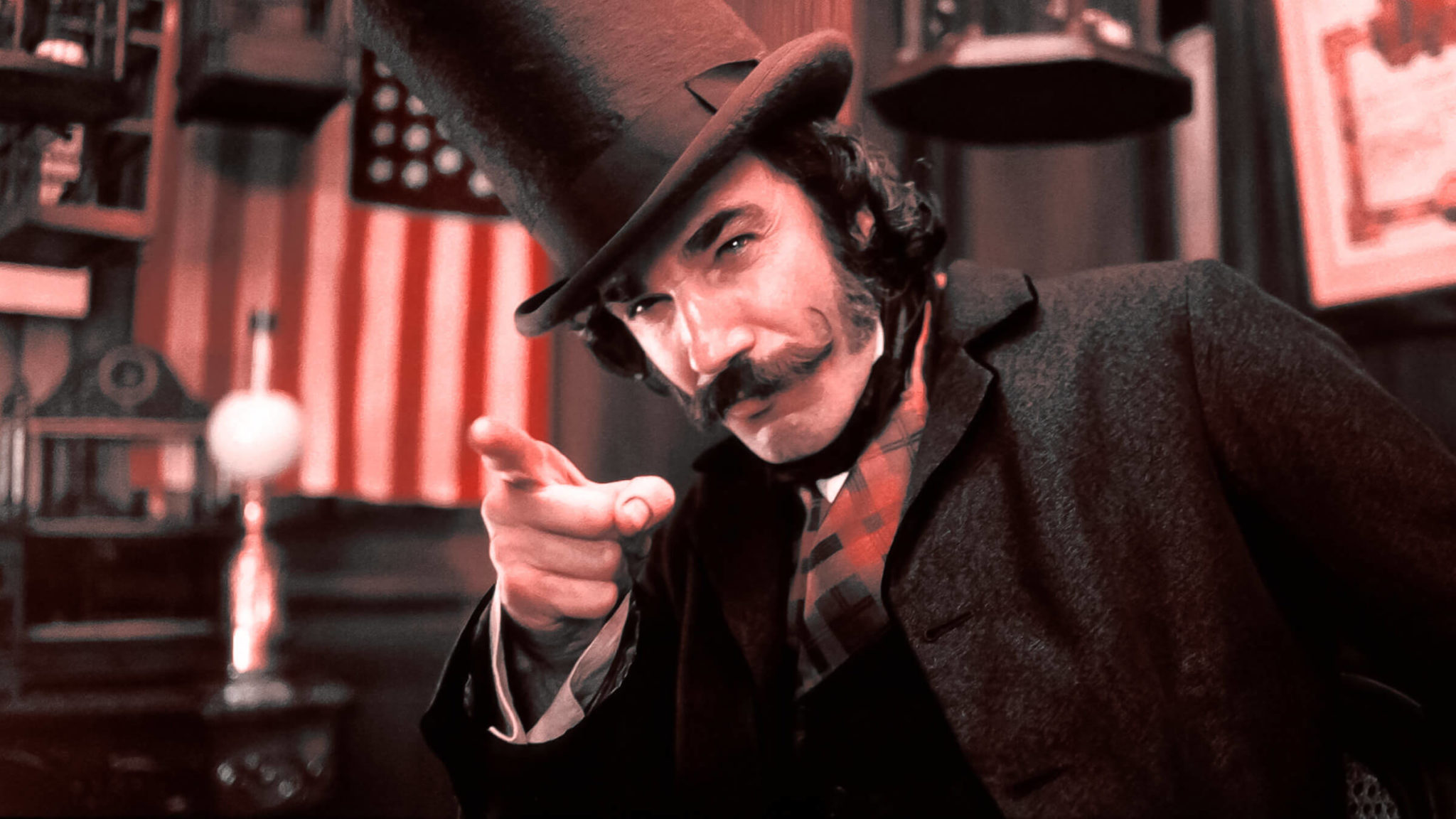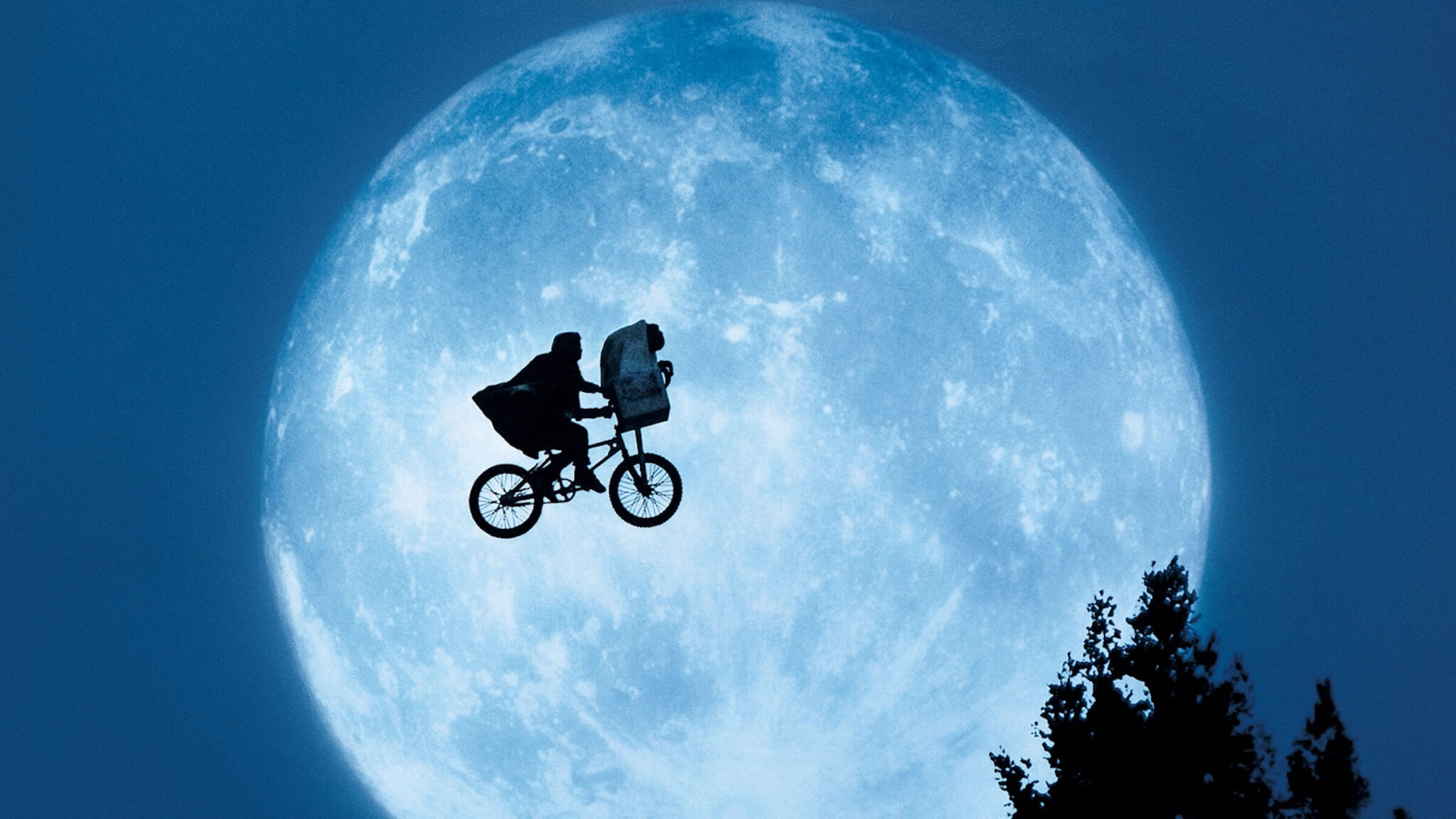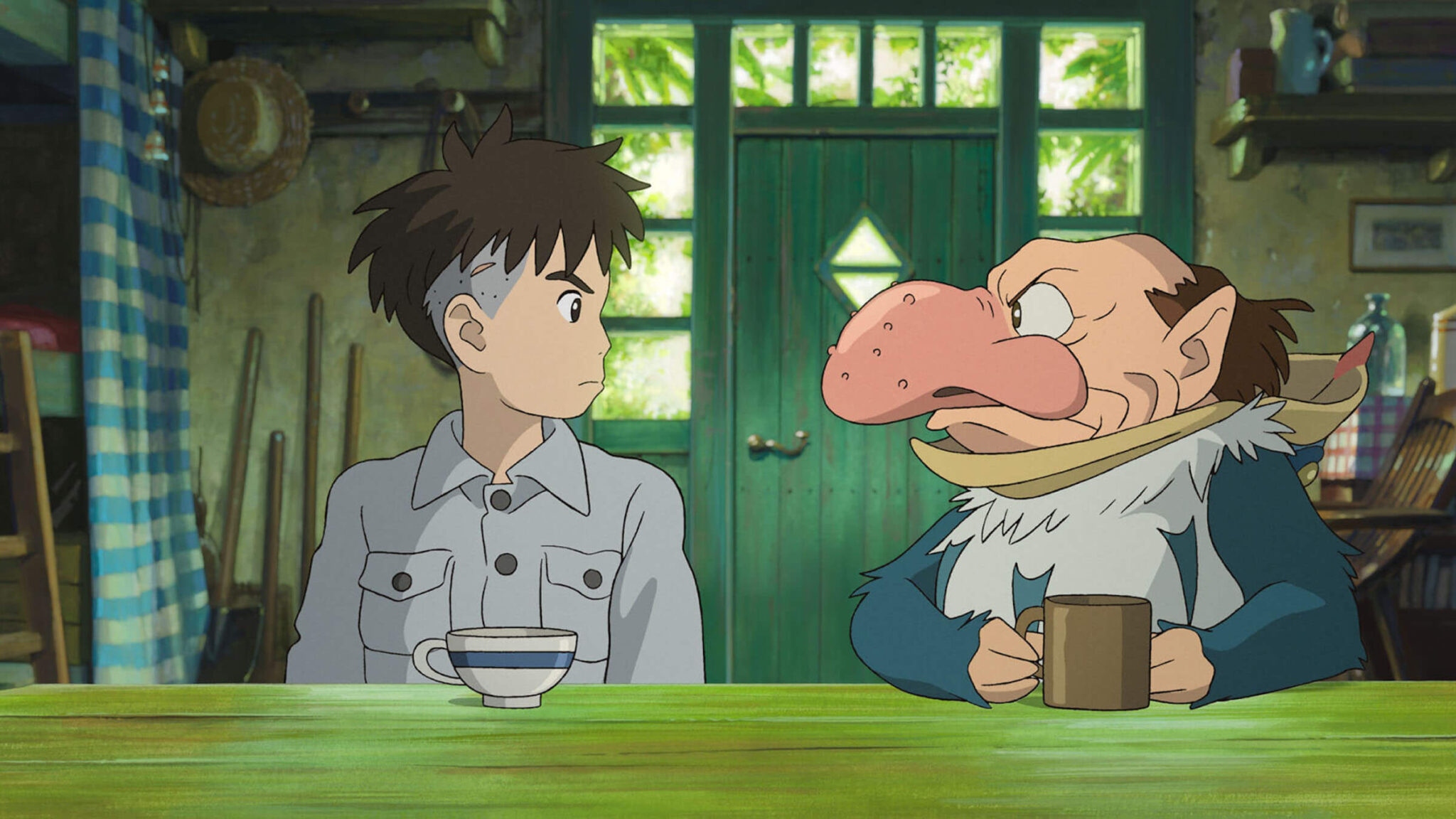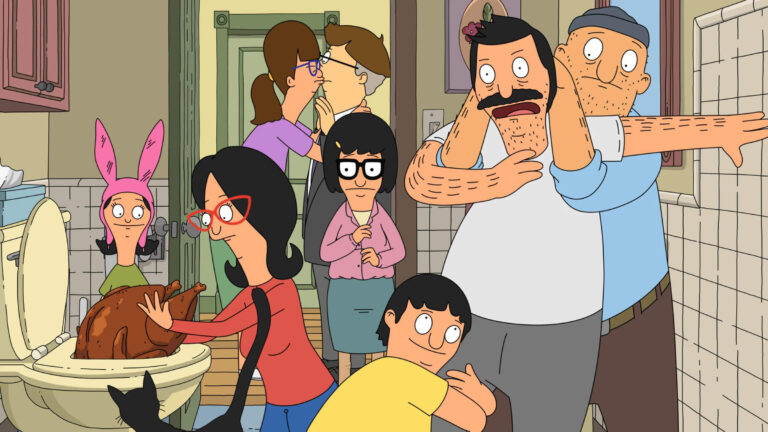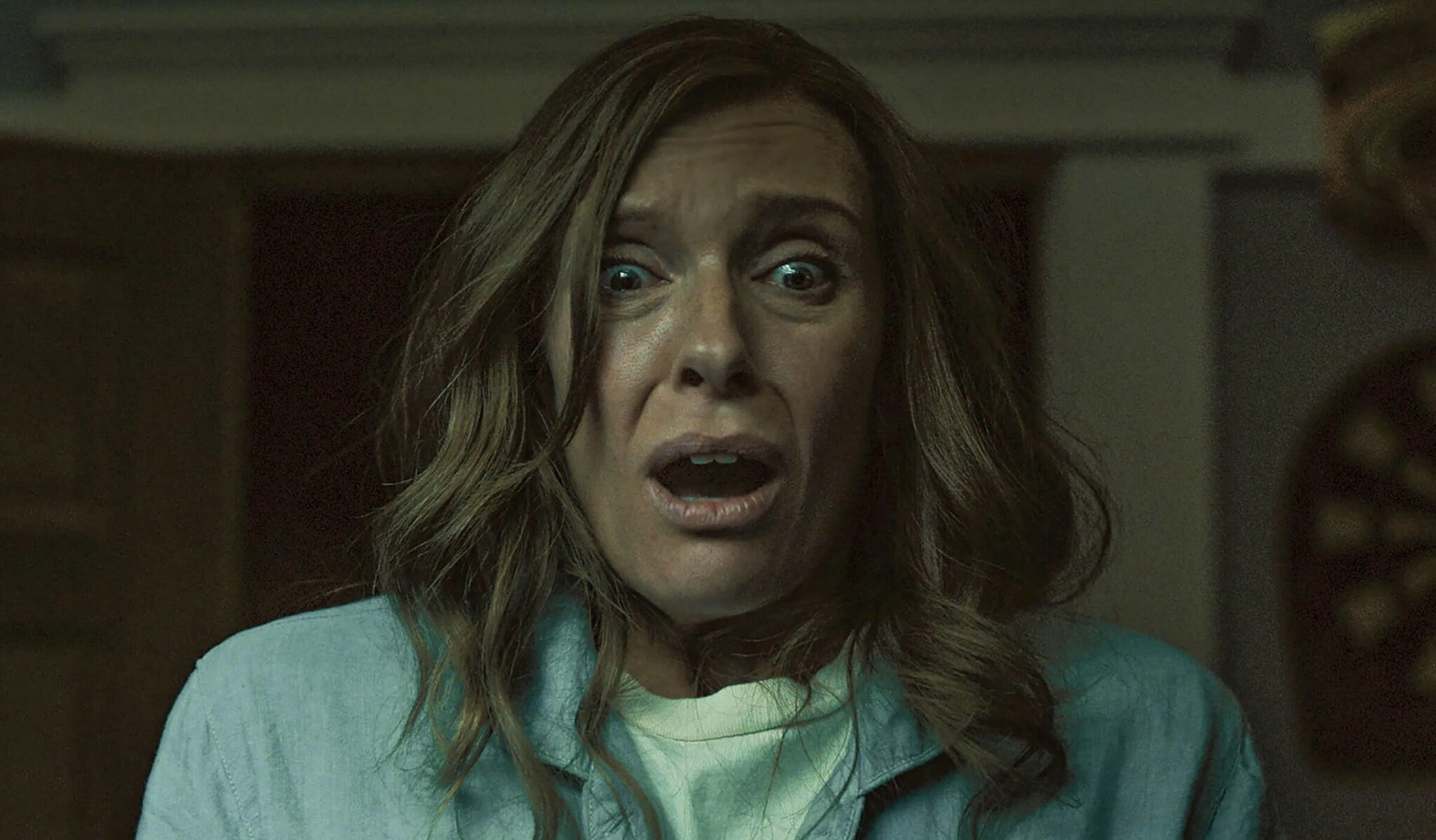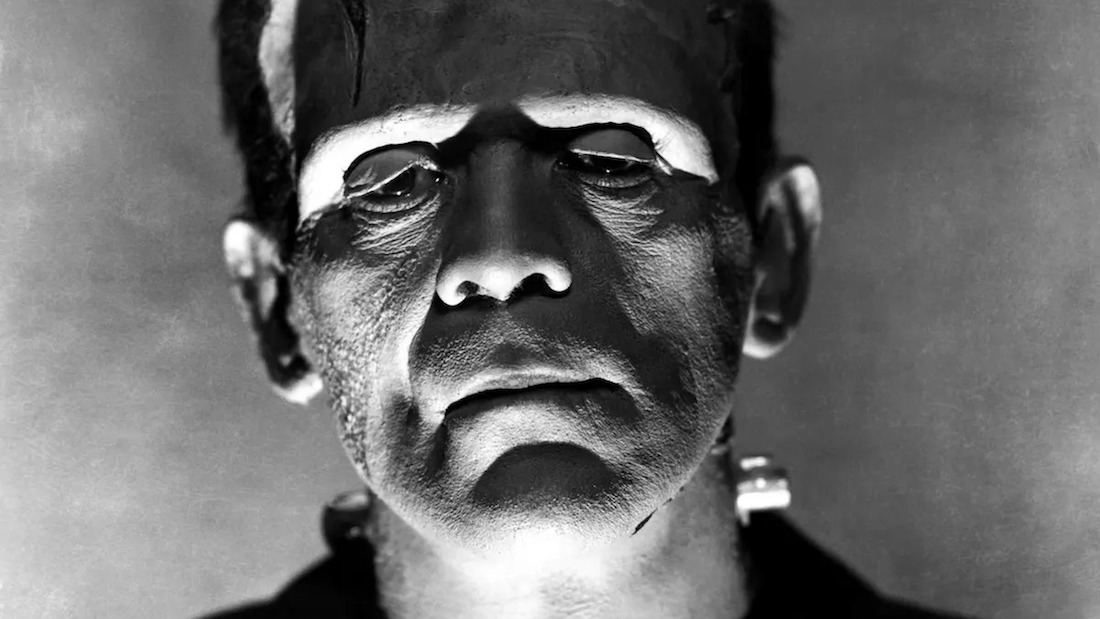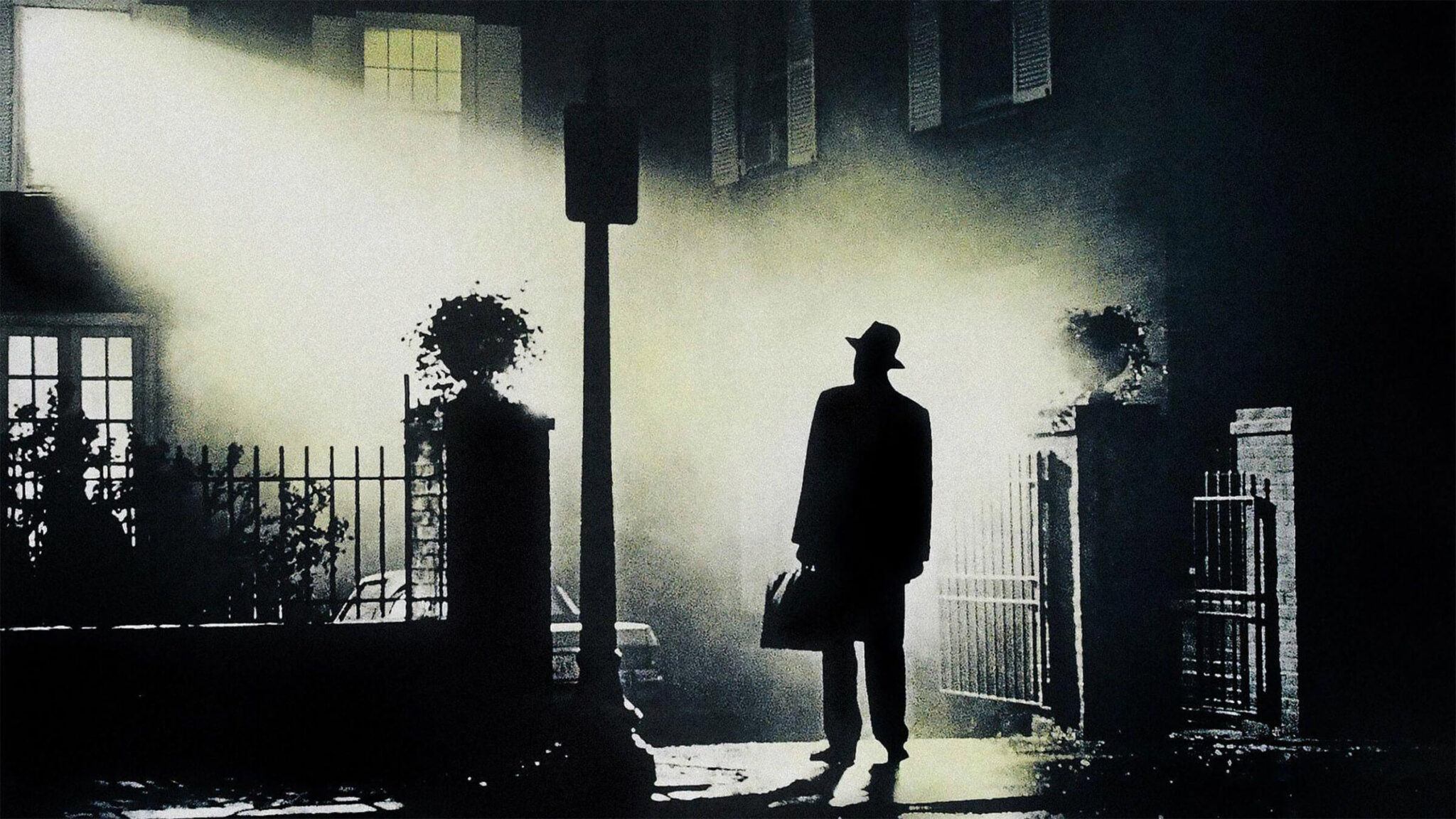How to Write a Great Christmas Horror Movie
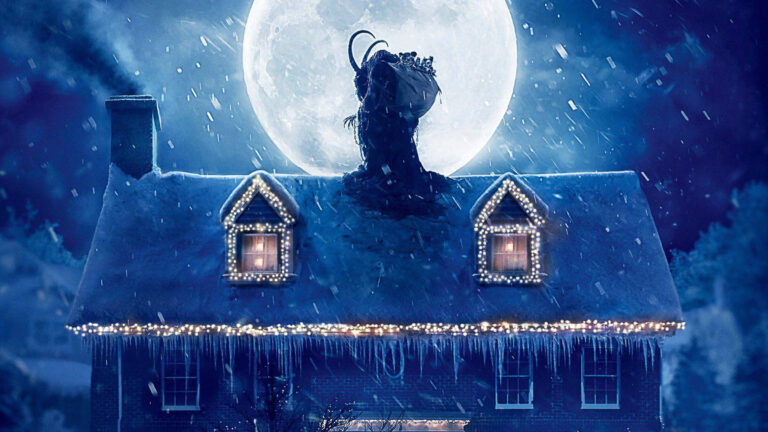
Ah, the holidays. Hollywood has transformed the snowy season into a magical landscape for various stories such as those 1990s family flicks, cheesy Hallmark rom-coms, and some of the most celebrated adventure stories of all time. That said, there’s another genre that gets plenty of attention during Christmastime: Horror. As some films develop the unadulterated image of a winter wonderland, others use the biting cold, the otherworldly quiet of Christmas Eve, or even creatures of legend to fuel terrifying stories onscreen. If you’re planning to write a Christmas horror movie, here are a few conventions you must remember if you want your nightmarish creation to thrive in the season of cheer and merriment.

'Silent Night' (2021)
Remember the Setting
Any setting should become its own character of sorts, including the holiday season when used properly. When it’s Christmastime in your quaint little town beset by a serial murderer, you should at least acknowledge that consistently throughout the film. Wherever you start, make sure the setting fills the world. Whether it’s a chilling carol from the streets to set the mood, entrails wrapped around the Christmas tree, or a cold night filled with snow, isolation, and silence, each needs to become the world. When thinking about your setting, ask yourself this: “Would my story happen the exact same way if it was a different time of year, a different setting?” If the answer is “yes,” take a moment to brainstorm how to better incorporate the Christmas setting into your narrative. Steeped in traditions, imagery and even sounds expected by your audience, this season is well known and you must play on those expectations. And the more familiar the audience feels with a setting, the more upsetting and disturbing it is to see that setting ravaged by horrors.
Read More: 3 Low Budget Movies to Inspire Your Horror Screenplay
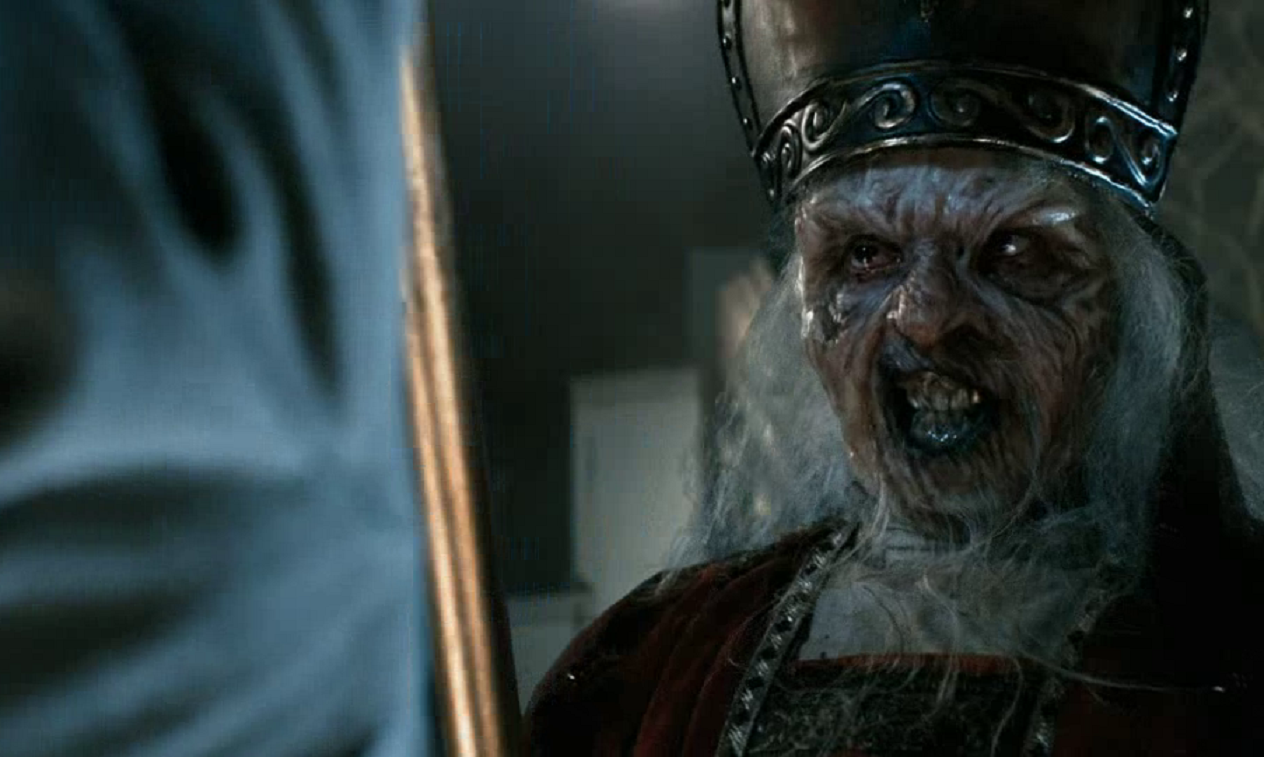
Sint (2010)
Get Specific
Horror tends to see two extremes in the industry: films that provide cookie-cutter killer stories (be it alien visitations, demon possessions, or mundane murders) and flicks that go hog-wild with a unique concept or spin premise. The best Christmas horror movies belong to that second group. That said, not everything needs to be extreme.
For example, while Gremlins and Sint (the 2010 Dutch dark comedy horror film) do their own thing, Black Christmas arguably does not have a remarkably unique concept. But how is Black Christmas hailed by most as the best Christmas horror movie of all time? For one thing, it was the most revolutionary Christmas horror movie of its time, breaking boundaries that had never been broken in theaters before.
The other thing was its specific filmic language: it delved into the idea of voyeurism so deeply and so intimately that it became a disturbing exemplar for the subgenre of killer POV horrors. This was so profound, in fact, that the same filmic language was adopted by none other than John Carpenter four years after this movie, where he used it to great effect in Halloween (1978). Bob Clark’s dedication to that specific feature of visual storytelling (among other directorial trademarks he uses) was significant enough to propel it into the zeitgeist as it inspired Carpenter to employ the same idea.
Don’t Take Things Too Seriously
The best examples of killers ravaging the holiday season come from a bit of self-awareness that ranges from the darkest and most chilling spectacles such as Black Christmas to campy flicks with very ironic or comedic shticks (e.g., 1997’s Jack Frost). You may, for example, make garish references to other Christmas films. Consider movies like Better Watch Out, whose callbacks to Home Alone are significant enough to warrant notice. Still, other films use more levity when sharing that self-awareness with their audiences. After all, how would the anthology of A Christmas Horror Story come together without disc jockey Bill Shatner? What would Gremlins be without fun, ridiculous devastation or its parody of the monster movie subgenre?
Read More: Want to Get Noticed in Hollywood? Write Horror
Some General Rules in Horror
There are some rules that horror films benefit from in general. Not every horror flick will use the rules the same way. Still, you should keep these in mind while crafting your story about death, danger and demented gingerbread:
Maintain Tension (or the Illusion of Tension)
There are always going to be slow burns. Not every story can scare the audience every 10 minutes, but you do need to think about how the tension will mount and maintain its gravity throughout the story. For something like Dead of Night (1945), there’s an element of mystery to drive that tension. Movies like The Leech also take a slower approach, delving into character more than the action in ways that pay off later on. All that said, some serial killers or satanic Santas engage in an ultimate slay-fest that feels almost thriller-like, as they more consistently up the ante. Whichever way you set it up, horrors require that tension to set the audience on edge and get them primed for shock, fright, or utter disgust.
Read More: 25 Films You Have to Watch If You're Writing a Horror Script
Pay Attention to Your Characters
Any successful story — even one when the characters start to die off — requires an emotional connection with the characters in question. You need to prioritize the exploration of these people in your narrative to make them three-dimensional: Give them flaws and conflicting traits that feel realistic. As you do this and apply motivations to their actions (apart from the prevailing goal to “stay alive”), you’ll start to see your characters take unique shapes. This, more than anything, creates a story that feels very much your own, despite how similar your murderous Christmas tale might be to others on the docket.
Read More: What Makes a Killer Horror Movie? Common Horror Character Archetypes
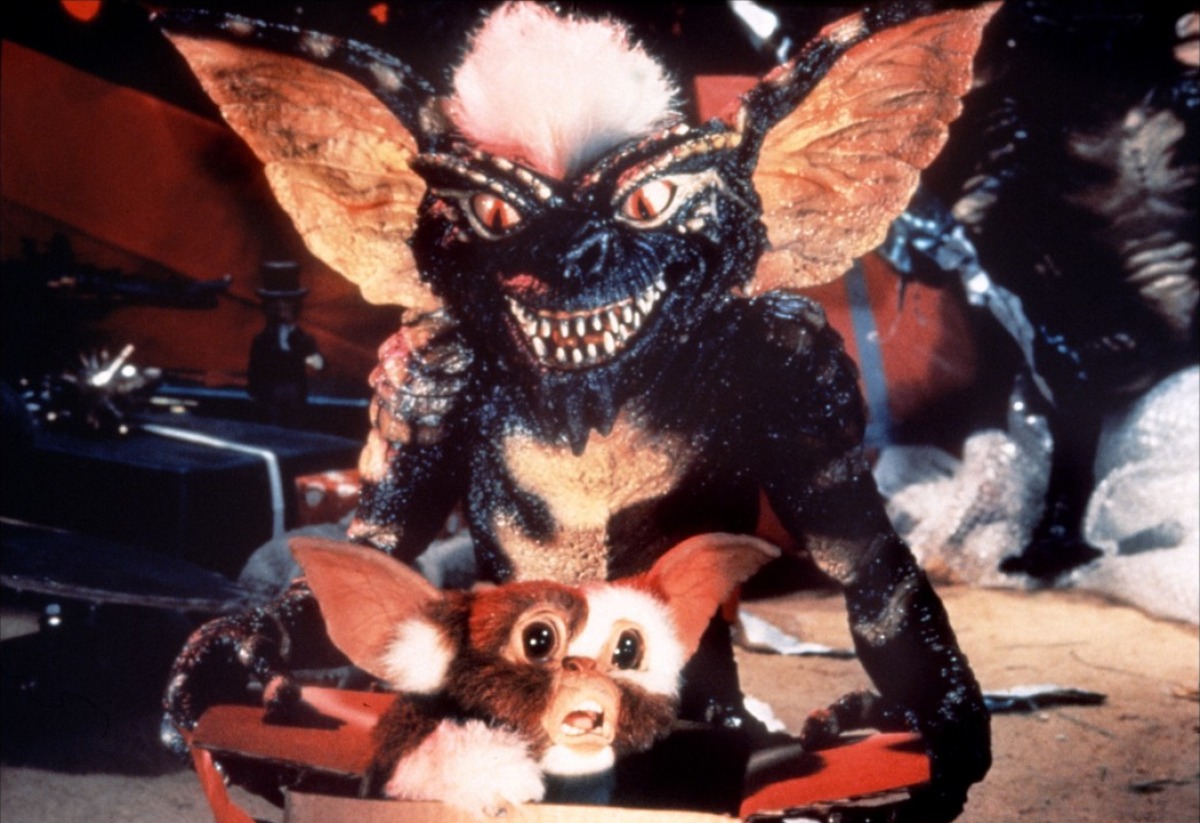
Gremlins (1984)
Have Your Own Rules
Again, every tale of terror differs from others. You may choose not to follow every rule, and you may choose a different direction from most successful horror flicks. That said, you need to keep a consistent internal logic for your story. For example, Christmas horror movies like The Advent Calendar and Gremlins explicitly set up rules to follow. Failure to follow them results in danger or death. Other movies, like Krampus (2015) offer themes throughout that get reinforced as the subtle “rules” of the story. Whether implicit or stated outright, this internal logic will determine success in the horror genre, no matter which other guidelines you follow. When you create expectations, they need to pay off — and if you do it right, a horror will pay off those setups in ways the audience didn’t expect or even want. After all, upended catharsis is what the horror genre is all about!
It’s important to remember no two films are the same, nor should they be. Instead, you need to remember the needs of your story. Is it a character-driven psychological horror, or an intense Santa-stricken gore-fest? Those two flicks require different approaches to structure, tone and characterization. That said, you can use some general rules like those above to guide your story. As you do, you’ll discover methods of making your screenplay stronger and getting your ideas to stand out. Keep these in mind, and you’ll be scaring the pants off the holiday crowd in no time.
Read More: Develop Your Horror Movie Idea in 15 Days
WANT TO TAKE YOUR HOLIDAY HORROR SCRIPT TO THE NEXT LEVEL? GET OUR HORROR SCRIPT NOTES!
Get Our Screenwriting Newsletter!
Get weekly writing inspiration delivered to your inbox - including industry news, popular articles, and more!










